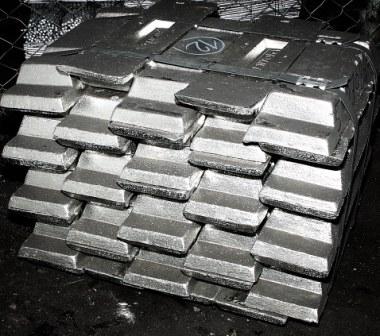|
|
Tin is a soft, pliable, silvery-white metal. Tin is not easily oxidized and resists corrosion because it is protected by an oxide film. Tin resists corrosion from distilled sea and soft tap water, and can be attacked by strong acids, alkalis and acid salts. Applications Tin is used in for can coating: tin-plated steel containers are widely used for food preservation. Tin alloys are employed in many ways: as solder for joining pipes or electric circuits, pewter, bell metal, babbit metal and dental amalgams. The niobium-tin alloy is used for superconductiong magnets, tin oxide is used for ceramics and in gas sensors (as it absorbs a gas its electrical conmductivity increases and this can be monitored). Tin foil was once a common wrapping material for foods and drugs, now replaced by the use of aluminium foil. |
http://www.lenntech.com/periodic/elements/sn.htm
